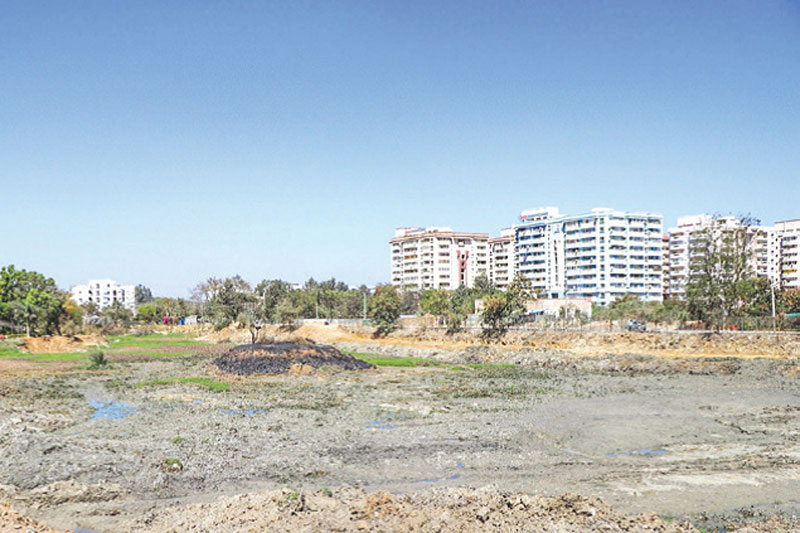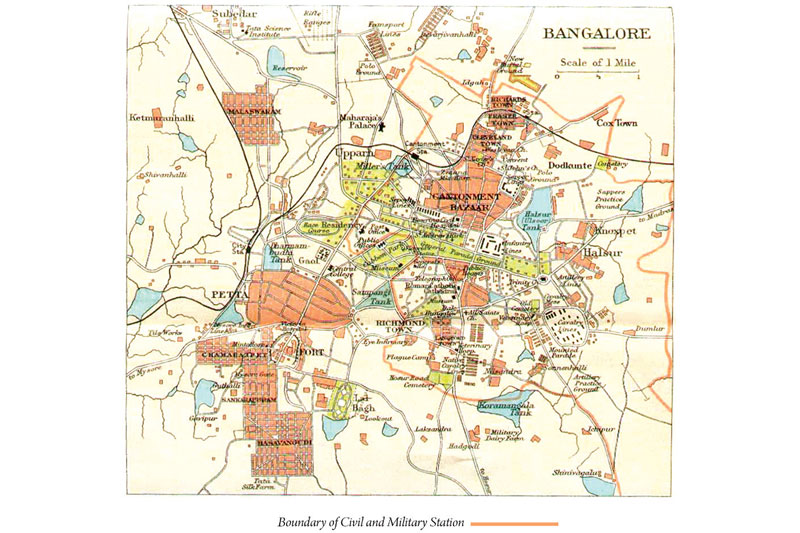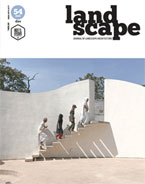Environment
Understanding the Blue Systems | Maithily Velangi
LA 54 |
|
| A city that possesses no permanent water bodies of its own, Bengaluru has seen the development of an ingenious method for the creation of its own manmade lakes (tanks). These tanks proved pivotal in sustaining the many settlements and agricultural fields in the vicinity. However, people's changing attitudes towards these tanks, stemming from ignorance shortage of proper resources has rendered them almost obsolete. The city needs to sensitize the people to the needs of these tanks and put measures into place to ensure the future of these tanks, and in turn the city's, is secured.
|
|
 |
|
Inception and evolution of the tanks
Bengaluru is situated on the Deccan Plateau in a semi-arid region at an average elevation of 900m above sea level. The written records show that early permanent settlements that happened in Bengaluru, at the beginning of the Common Era, were towards the east, in what we today identify as the inner-city core. The landscape was then supplied by monsoon fed, dendritic
streams that fed into the Arakavati River, a tributary of Cauvery.
Though Bengaluru is not located near any permanent source of water like a river or a large water body, the settlements grew because of other favourable conditions that were suitable for agriculture. Taking advantage of the natural drainage patterns, the low-lying areas were used to hold water, and were later constructed with bunds towards the downstream flow to create reservoirs or tanks.
The construction of any new tank marked the start of new settlement along with agricultural fields in the surrounding areas based on the water-capacity of the tank.
|
|


|
|

|
|
|
|

|
| ISSUE NO: 54 |
|
 |
|
Report
ICOMOS: Heritage & Democracy
Nupur Prothi Khanna, Antara Sharma and Ritika Khanna
Spotlight
CEPT Landscape Celebrates 25 Years
Geeta Wahi Dua
Landscape Program:
Centre for Environmental Planning and Technology, CEPT
Dr Deepa Maheshwari, Sandip Patil,
Bobby Sujan & Divya Priyesh Shah
Celebrating 50 Years of Landscape Architecture Education:
The University of Sheffield, UK
Jan Woudstra
About Design
Whither Design?
Iftikhar-mulk Chishti
Conversing with Nature
Sarthak Sinha
A Place for Expression and Togetherness
Anand Sonecha, SEA-Lab
Drawing
Free-hand Drawing as a Thinking and Analytical Tool
Manalee Nanavati
Tributes
Remembering KurulaVarkey
Neelkanth H. Chhaya
'My Tryst with Hasmukhbhai'
Sanjay Sridhar
Urbanism
Between itself and the World: Ahmedabad
Riyaz Tayyibji
Here Comes the Heart Attack:
Encroaching on the Public Realm
Sameer Chadha
From Practice of Indulgence to Practice of Service
In conversation with Rahul Mehrotra
Ecology and Environment
Understanding the Blue Systems: Bengaluru
Maithily Velangi
Landscape Design
Hidden Experiences: Bungalow, Ahmedabad
Beyond Green
Rejuvenating & Restoring Nature:
Capgemini Technology Services India, Pune
SAMA Landscape Architects
Redefining the Order of Green:
Farm House, Nashik
Ritu Sharma
Abode-e-Burhanpur: Residential Landscape
Nachiket Gujar
Seeing the Unseen
Between Notion and Reality
B. V. Doshi
Book Reviews
Meticulous Process, Meticulously Documented
Book: Rethinking Conservation Series:
Humayun's Tomb Conservation
Review by Urmila Rajadhyaksha
A Wanderer's Companion
Book: A Walking Tour: Ahmedabad
Review by Nisar Khan
The Abode: When Fading Memories Enliven the Present
Book: Krishna Lodge
Review by Snehanshu Mukherjee
Garden Calendar
Spring
Grotech Landscape Developers
|
|